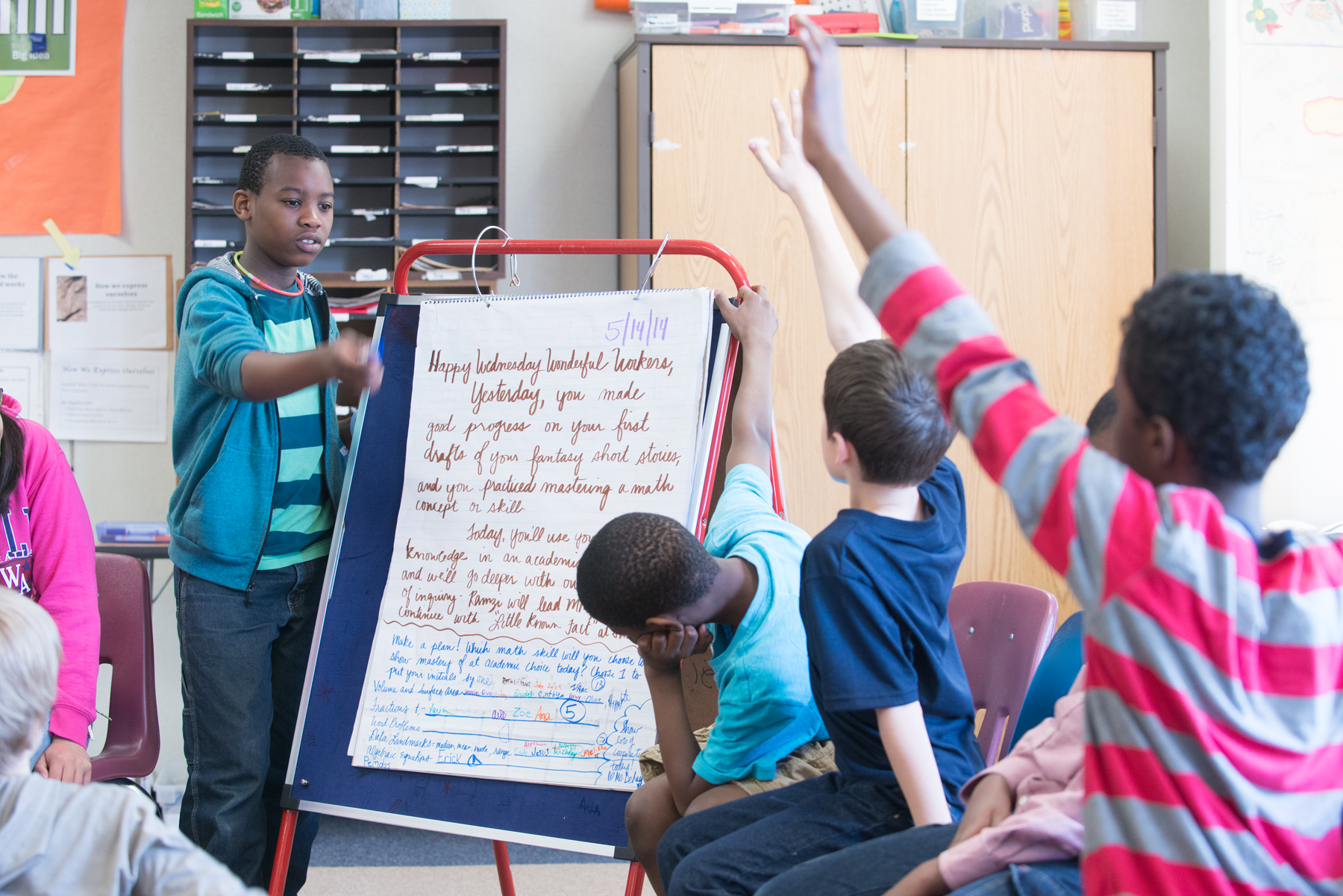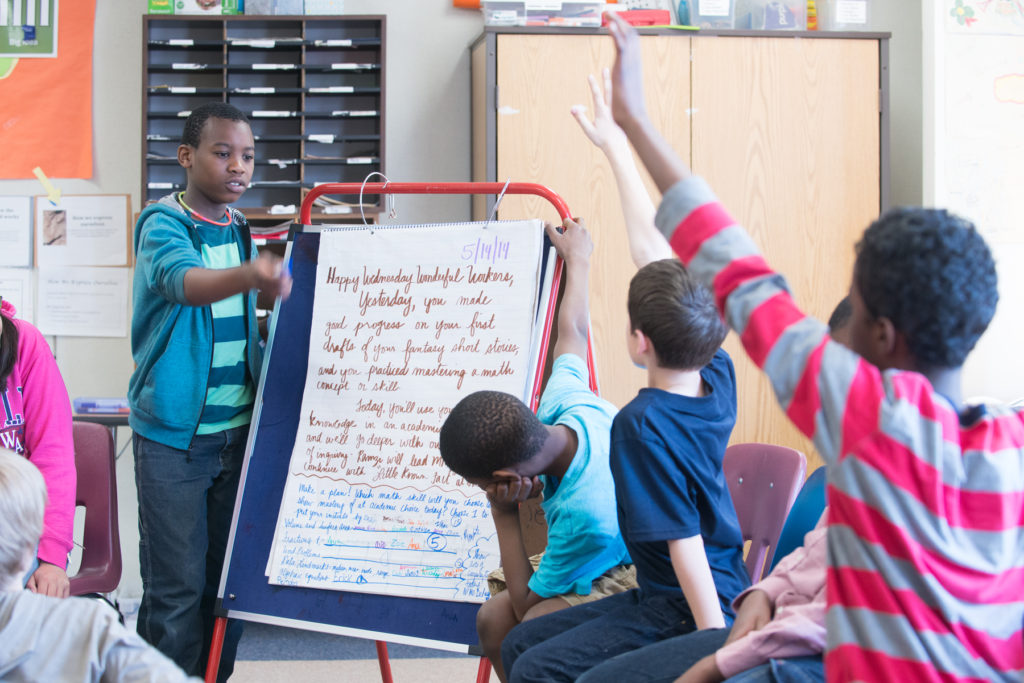Teaching Students How to Wait

 If you’ve ever dined out with children under four years old, you probably brought along a toolkit with games, coloring books, “I Spy” activities, or apps on a mobile device to keep them busy until the food was finally served. As children get older, we assume they no longer need the toolkit because most develop waiting skills naturally.
If you’ve ever dined out with children under four years old, you probably brought along a toolkit with games, coloring books, “I Spy” activities, or apps on a mobile device to keep them busy until the food was finally served. As children get older, we assume they no longer need the toolkit because most develop waiting skills naturally.
But some students aren’t able to wait. They grab a toy, push aside a classmate to get computer access, or act up when standing in line for more than a moment. If we don’t recognize “waiting” as an underdeveloped skill in these students, we miss the opportunity to support them while they wait, prevent behavior incidents, and, most important, set them up for success in school.
When we zoom in on situations that can trigger a student to act out in school, behave impulsively, or even become aggressive, it’s often the wait times during a school day that are the culprits. Wait times might be those moments of anticipating taking a turn on the computer, listening for the “Ready!” that means the P.E. teacher has finished setting up the equipment, or standing in line to get a drink after recess.
Here are three ways to support students who struggle with wait time. These techniques can benefit all students, but they’re particularly helpful for students who have underdeveloped waiting skills.
1. Help the child recognize wait times.
Before we can expect a student to monitor her own behavior and use strategies from her waiting toolkit, we must teach her to identify what “downtime” or “wait time” means. One way to do this is to give her a cheat sheet with clues to help her recognize what’s going on around her. You could write out a list of common phrases that denote waiting. “When you hear someone say ‘hang on,’ ‘wait,’ ‘hold on a moment,’ or ‘it will be a few minutes,’ this means you are being asked to wait.” Defining wait time is another way to help the child identify these times throughout the day. “Wait time is when one activity ends and we need to pause before the next activity starts.”
2. Offer waiting strategies.
Once students realize waiting is required, they need a toolkit of strategies to support them while they wait. It’s no different from giving a life vest to someone who’s just learning to tread water. One approach for younger students is to create a “waiting bag.” In a small backpack, have the student carry items to occupy himself. These items can include:
- wipe-off board
- Rubik’s Cube®
- Etch A Sketch®
- coloring book and crayons
Small puzzles that fit on a keychain can provide older students with at-the-ready diversions.
You can also teach diversions that don’t require physical objects. Students can be coached to spend a few minutes looking out the window, counting objects around them, or reciting a favorite poem (either aloud, in a very quiet voice, or to themselves) during wait times. For more ideas on diversions with and without physical objects, see “In Just a Minute: Teaching Students the Skills of Waiting” by Terrance Kwame-Ross.
3. Provide structured activities.
Giving students a structured job during wait time, such as pushing in chairs, sharpening pencils, or folding notices, is a good way to keep them engaged and behaving appropriately. A written list of “go to” activities can help them learn to manage wait times independently.
Countless moments of waiting arise during the school day. Helping students navigate wait times productively will help them feel confident and in control—and make the day more pleasant for everyone.
Jessica Minahan, MEd, is a board-certified behavior analyst (BCBA) and special educator, and co-author of The Behavior Code: A Practical Guide to Understanding and Teaching the Most Challenging Students. This post is the second of three in a series of guest posts she has written for the Responsive Blog. The first was “Teaching Self-Calming Skills,” and the third was “Checking In: Helping Students “Catch Themselves.”
Learn more about teaching self-discipline in:
